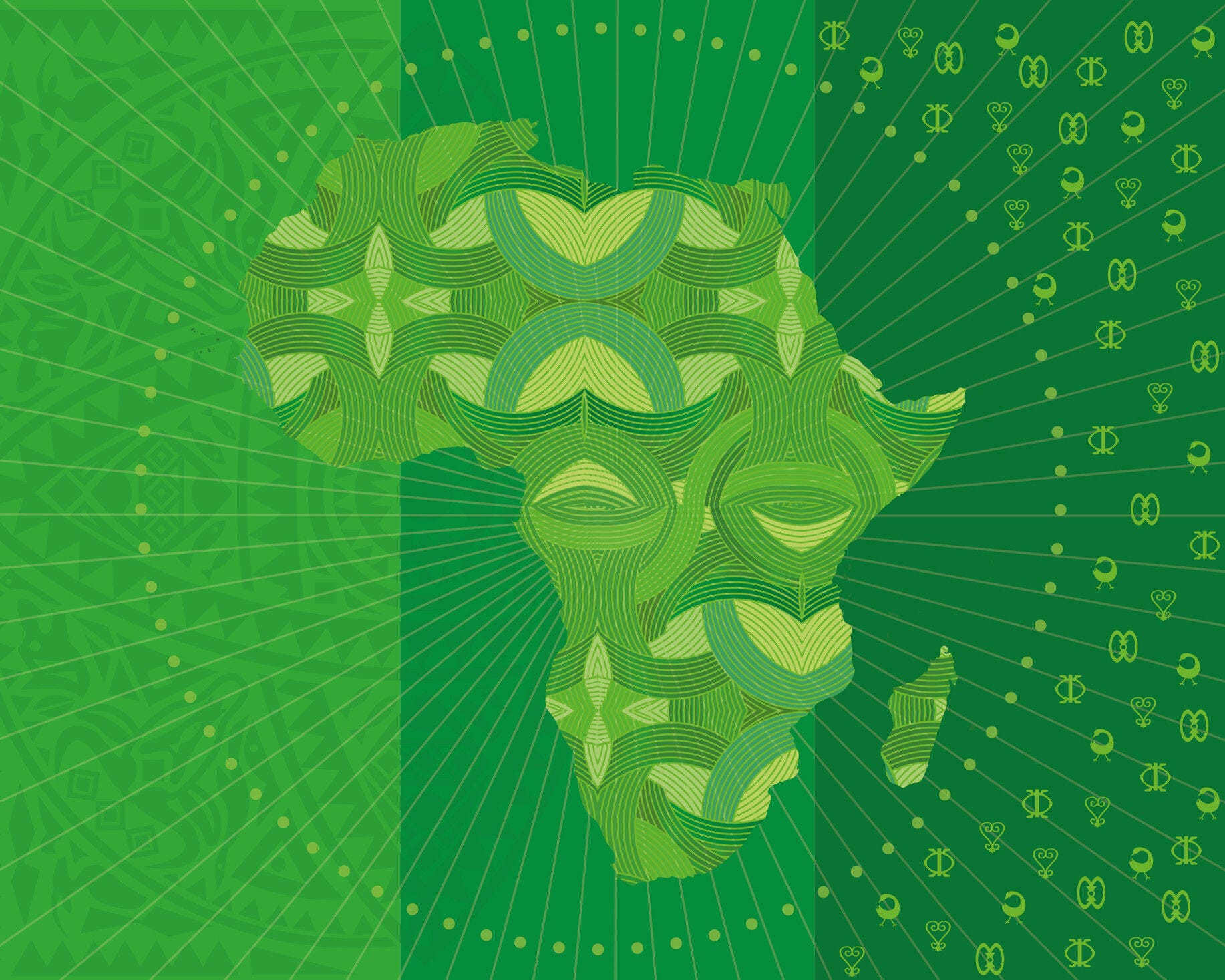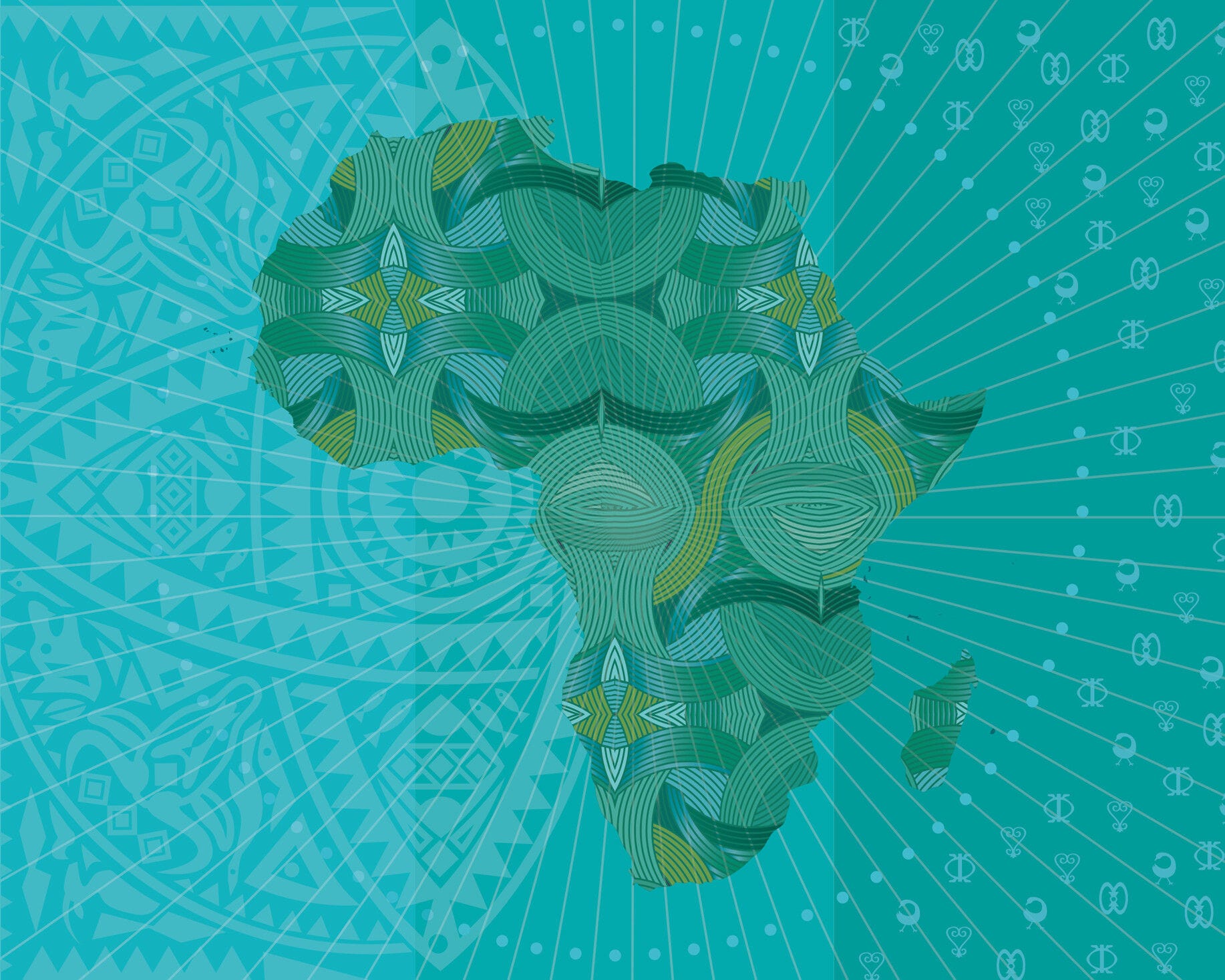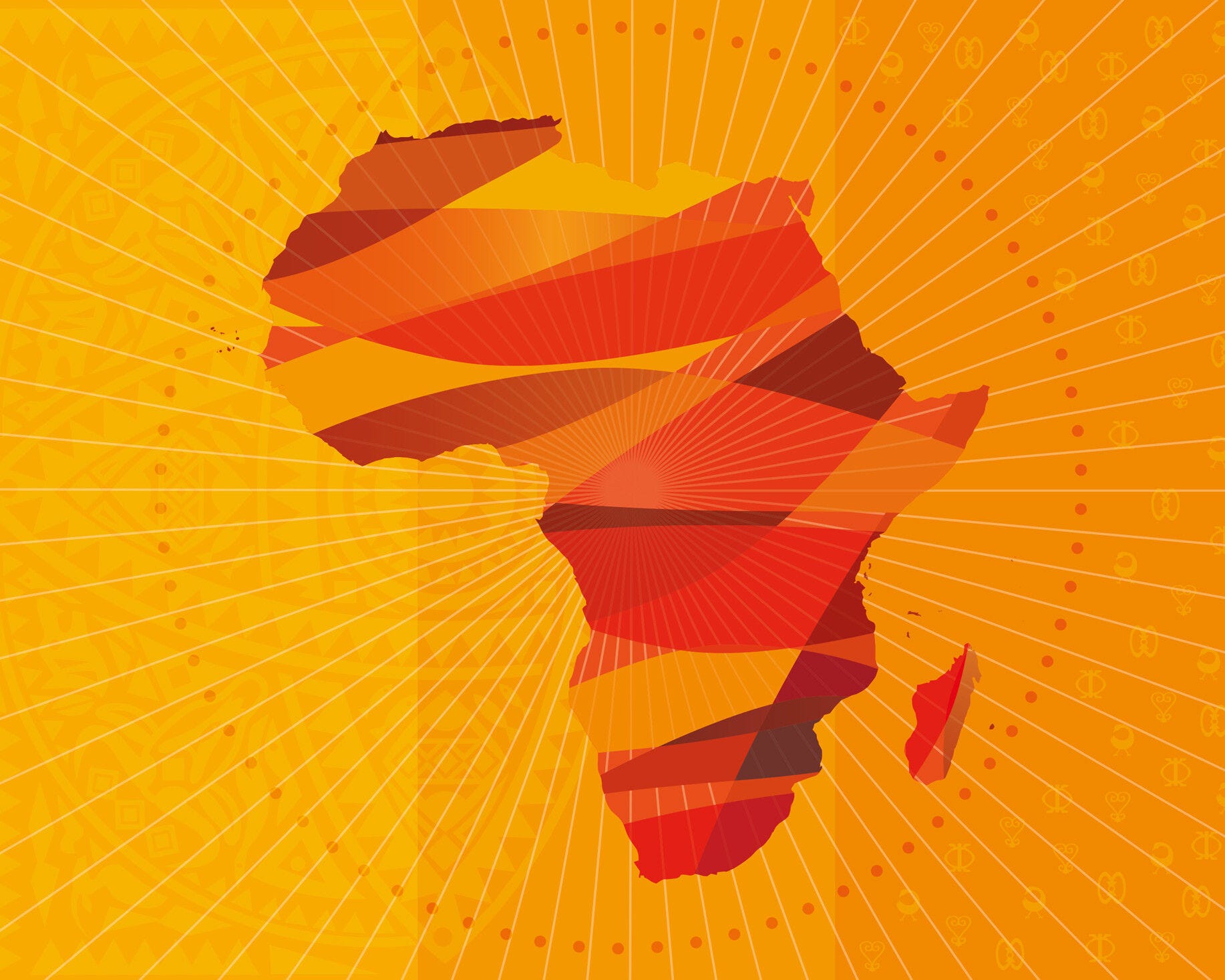The COVID-19 pandemic is delaying African economies’ convergence with the rest of the world. In 2022, African economic growth is projected to be a full percentage point below the global rate of 4.9%. Under current projections, it will take African countries more than five years to regain their pre-COVID share (about 5%) of the world’s gross domestic product (GDP). Weaker global demand for commodities, supply chain disruptions and necessary sanitary measures have constrained Africa’s production capacity. Our analysis of 127 African industrial clusters, based on night light intensity, suggests that their activities decreased by up to 7.2% between March and August 2020. The slow pace of COVID-19 vaccinations holds back recovery. In December 2021, only 7.7% of Africa’s population had received a vaccination, compared to 69.5% in high-income countries.
Accelerating Africa’s productive transformation is a policy priority for economic recovery. The economic crisis is hindering the continent’s development, pushing more than 29 million people into extreme poverty. Creating productive employment can help decrease poverty levels, as limited fiscal space and the prevalent informal economy lessen the scope and efficiency of social protection systems. Our forecast for ten African countries with high-frequency data indicates that a strong global rebound could boost their GDP growth by almost four percentage points higher than in the second quarter of 2020. However, this forecast depends on local capacity to resume production. Bilateral monthly trade data suggest that African exports lag behind other world regions. The continent’s share in total imports by the European Union and United States decreased from 2.4% in 2019 to 2.0% in 2020, whereas the share of Latin America and the Caribbean (LAC) slightly increased.
The entry into force of the African Continental Free Trade Area (AfCFTA) in January 2021 creates new opportunities to accelerate productive transformation by developing regional production networks. Regional production of processed and semi-processed goods has much room to grow, currently at a mere 2.7% of Africa’s participation in global value chains. Fostering regional production can enhance diversification and upgrading. In 2019, processed and semi-processed goods accounted for 79% of intra-African exports, compared to 41% of Africa’s exports to other destinations. Increasing regional production can also create more productive jobs. Jobs in agri-food downstream segments such as processing, marketing, transport and retail generate up to eight times more output per worker than jobs in farming. For scale-intensive industries such as automotive, the AfCFTA can facilitate a hub-and-spoke network of multiple regional assembly centres and suppliers.
Regional co-operation is critical to overcoming the challenges and risks in building regional production networks in the AfCFTA. Since 2012, intra-African trade costs have increased back to the levels of 2007, mainly due to non-tariff barriers, insufficient transport infrastructure and weak trade-related services. Attracting lead firms and helping them to operate across borders requires strengthening both formal and informal institutions. Many African firms struggle to internationalise and link up with lead firms. Regional co-operation can help tackle multiple constraints simultaneously through cross-border production. Increasing environmental risks also need addressing: this report shows that, despite limited industrial development, the death toll from outdoor air pollution in Africa outpaced that of the world by 30% and that of China by 50% over the 2010-19 period. Adopting the development model “industrialise first and clean up later” of other world regions will have unprecedented economic costs for Africa.
New policies to support regional production networks can benefit from many lessons drawn from past policies and newly emerging trends. The COVID-19 shocks have had significant consequences on international production and trade. For example, greenfield foreign direct investment to Africa decreased in 2020-21 for all sectors, except for the information and communications technology and Internet industries, where it more than doubled between 2015 and 2021. With hindsight, important policy implementation gaps and insufficient resource mobilisation hindered past policies. In that context, two policy priorities emerge:
-
The digitalisation of intra-African trade and production requires closer collaboration between public and private sectors. A number of digital innovations are improving the efficiency of logistics, customs and finance, offering new opportunities for smaller and informal producers. Policy makers can help scale up solutions found in the private sector. They may facilitate co-ordination, harmonise regulations and standards across industries and countries, and modernise customs administrations. Public-private alliances are essential to developing regional Internet infrastructure and providing accommodative regulations for cross-border data flows. In 2020, intra-regional Internet bandwidth as a share of total bandwidth reached 16% in Africa, compared to 20% in LAC, 56% in Asia and 75% in Europe. More investment is necessary to catch up with high-income countries.
-
African governments should adapt their national industrialisation strategies to the new environment created by the AfCFTA. First, supporting intra-regional skills mobility and developing regional training centres can alleviate skill shortages. Second, governments can combine efforts to improve infrastructure and promote investment along development corridors, notably by deploying multi-modal infrastructure projects as part of the Programme for Infrastructure Development in Africa’s Priority Action Plan 2 (PIDA PAP 2). Third, implementing the Pan-Africa Investment Framework in member countries requires a strong monitoring structure. Fourth, public procurement can expand eligibility criteria for preferential treatment to producers in the AfCFTA. This approach can create demand for regional production of goods and improve procurement quality, which stands internationally high at 8.7% of GDP in Africa compared to 8% in developing Asia and 6% in LAC.










